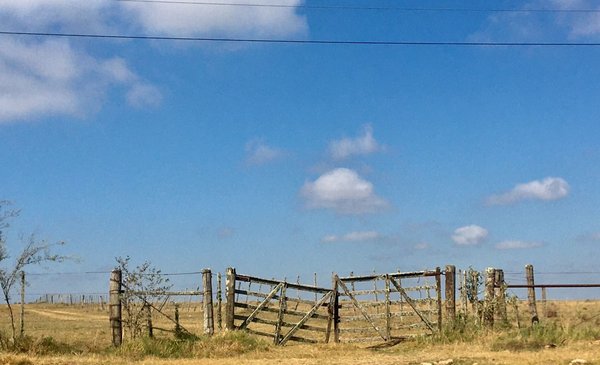The declaration of agricultural emergency that the government activated allows a set of assistance to producers who are having difficulties in their systems, given the low occurrence of rainfall in recent months.
Luis Maria Carresse, director of the Decentralization Unit of the Ministry of Livestock, Agriculture and Fisheries (MGAP), highlighted that every year they enter the Agricultural Emergencies Fund (FEA) about $ 40 million, which can be accumulated, however that has not been possible because since March 2020 these resources had to be used, given that there have already been four declarations of agricultural emergency due to drought.
The support is basically aimed at family-scale producers, however there are Banco República services aimed at producers of other sizes.
After pointing out that there is a very demanding comptroller of everything that is done, based on the fact that the General Directorate of Rural Development administers the fund that is managed by Decentralization, Carresse explained that the producer is given a loan for which every $3 that Microfinance from the BROU provides the MGAP with $1 as a subsidy.
In coordination with the departmental administrations, in addition, for every $1 that the MGAP contributes, the administration is obliged to make the same contribution and that money reaches the producers for free use, but in investments related to the problem: cleaning of dams, purchase pumps or drinkers and ration, for example. In that case, the producer reimburses 25% of the $7,500 he receives.
In addition, the MGAP works to reiterate the very good experience of the hotel for calves that was carried out in Guichón, thinking of extending this tool to other breeding areas of the country.
Other support is through bale distributionexisting a bank of 12,000 units, for which the interested parties are asked register on the MGAP website. The cost of each bale is US$18 and on the web there is information about what the bales are made of and the requirements to consider.
Finally, Carresse expressed that thinking of other tools to be developed, work is being done with the Banco República and regional measures are also being evaluated, with the action in this case of the Departmental Agricultural Councils, the Rural Development Tables and the departmental directors.
Distribution of bales at prices below those of the market, one of the supports.
The declaration
This Monday the MGAP finalized the announced statement with two points: in this case it includes the entire national territory (although exclusively in rural areas) and considers five items, livestock, dairy, horticulture, fruit growing and agriculture.
The declaration has an initial validity of 90 daysstarting this October 24.
The decision is based, it was explained, on the actions of the Agricultural Emergencies Commissionwhich evaluated the agroclimatic situation and recommended the aforementioned declaration on October 20, considering the water and fodder deficit found.
Below is the statement signed by Minister Fernando Mattos.







